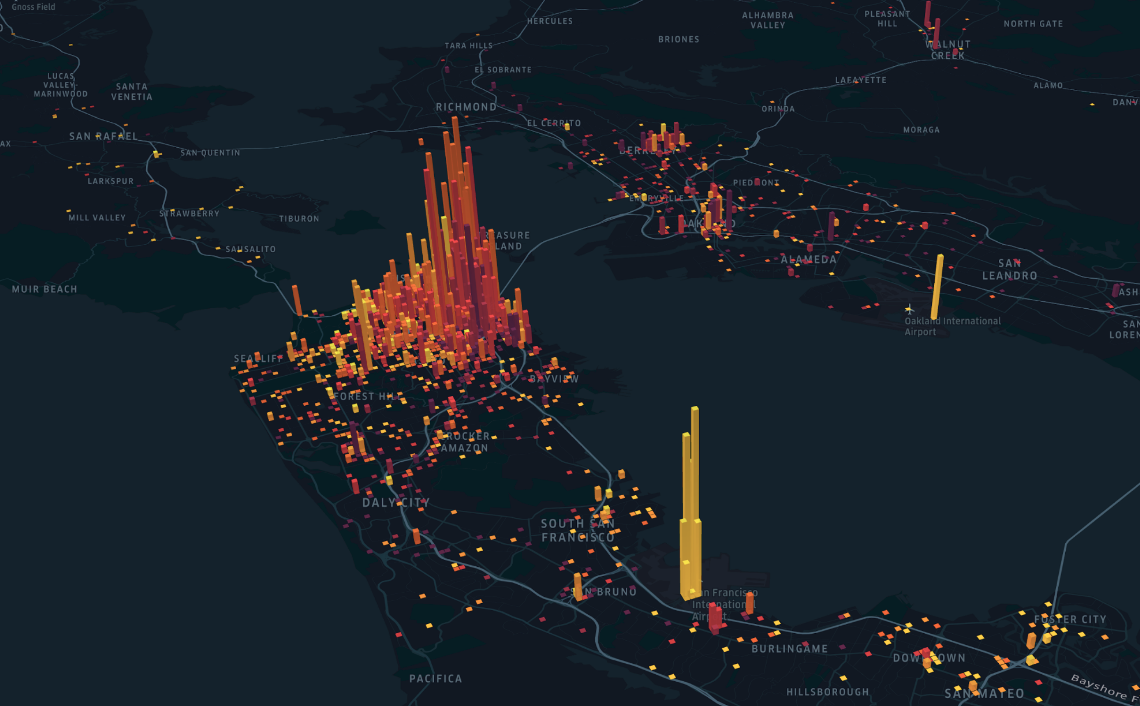Note: Before reading this piece, I highly recommend you reading the first part of this series which covers the basics of supply-demand analysis here:
How Micro-Mobility Companies can increase Asset Utilization Geospatially
Ordering food, groceries, cigarettes or even booze at the tap of our phones has become a norm these days. And if you are like me, you probably order everything at the oddest hours of the day!
For an on-demand company (aka “Uber for X”), that is primarily a three-sided marketplace, matching demand and supply is at the core of the business and also extremely challenging. Moreover, the real-world introduces far more variation that leads to starker results than in the model.
When supply-demand gaps exists, we are either losing orders or our riders are idle — both of which are contributing to losing money. But, what’s causing these gaps to exist? This could happen as a function of demand, supply or both.
Case 1: Demand
Lost Orders
The number of orders that you are losing with time because the riders are not available or they are present in the wrong location.
Order Velocity
When you are losing orders, how does the order velocity look like? Which means are you getting more orders or lesser orders than usual?
#last-mile #supply-and-demand #analytics #delivery #geospatial #data analytic
